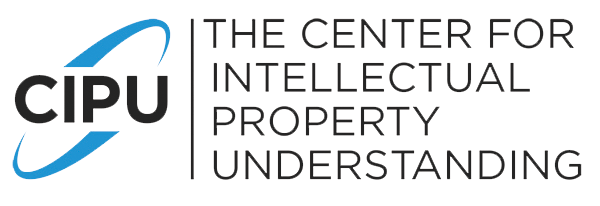Bruce Berman is the CEO of Brody Berman Associates, a management consulting and strategic communications firm he founded in 1988. He has supported 200+ IP-focused businesses, portfolios and executives, as well as law firms and their clients. Bruce is responsible for five books, including From Ideas to Assets (Wiley) and, since 2003, approximately 100 columns for IAM magazine. He also has written on IP for publications such as Nature Biotechnology and Forbes. His weekly observations about trends can be seen on IP CloseUp. In 2016, Bruce founded the Center for Intellectual Property Understanding, an independent non-profit that raises awareness and provides outreach to improve IP literacy, promote sharing and deter theft.
Bruce is also the host of CIPU’s podcast Understanding IP Matters, which explores the intellectual property story of people who have succeeded in the world of invention, creative expression, and brand – some with the scars to prove it. ‘Understanding IP Matters’ looks at the journey from creator to entrepreneur.

Recent Articles by Bruce Berman
Independent Presidential candidate Robert F. Kennedy, Jr’s Vice-Presidential running mate, Nicole Shanahan, a mercurial patent analyst, intellectual property lawyer and incidentally rich entrepreneur, is in the position to influence declining patent reliability and increasing copyright abuse. But will she? This column is not intended to opine on Shanahan’s merits as an independent Vice-Presidential candidate, but to attempt to understand her motivation for running and its potential impact on IP rights, creators and assignees.
After a year-long process involving 38 state organizations and dozens of individual representatives, IP rights has been selected as the topic for the 2024-2025 debate competition by The National Federation of State High School Associations (NFHS). “Should the U.S. strengthen intellectual property rights” was chosen over “Nuclear Weapons Reduction” by a 25-17 vote in the final balloting process. In addition to NHFS and state debate associations, those who helped to determine the outcome included the National Speech and Debate Association, the National Catholic Forensic League, the National Association for Urban Debate Leagues and the Nation Debate Coaches Association.


![[IPWatchdog Logo]](https://ipwatchdog.com/wp-content/themes/IPWatchdog%20-%202023/assets/images/temp/logo-small@2x.png)

